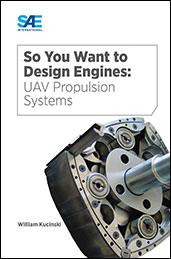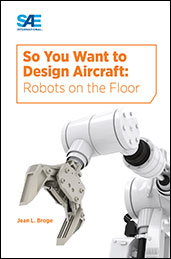Book

So You Want to Design Engines: UAV Propulsion Systems
2018-05-30
As unmanned aerial vehicles (UAVs) fill a wider and wider variety of civic, scientific, and military roles—analysts predict that the UAV market will be the most dynamic growth sector of the decade in terms of the world aerospace industry. As a result, UAV research and development will contribute to a major portion of spending in the next decades—with a significant emphasis on propulsion technologies. This book will cover several UAV propulsion technologies, ranging from modification of conservative designs to assessing the potential of unconventional arrangements. Each chapter provides a glimpse of how researchers are leveraging different fuel types, powerplants, and system architectures in the pursuit of powerful, efficient, and robust UAV propulsion.


